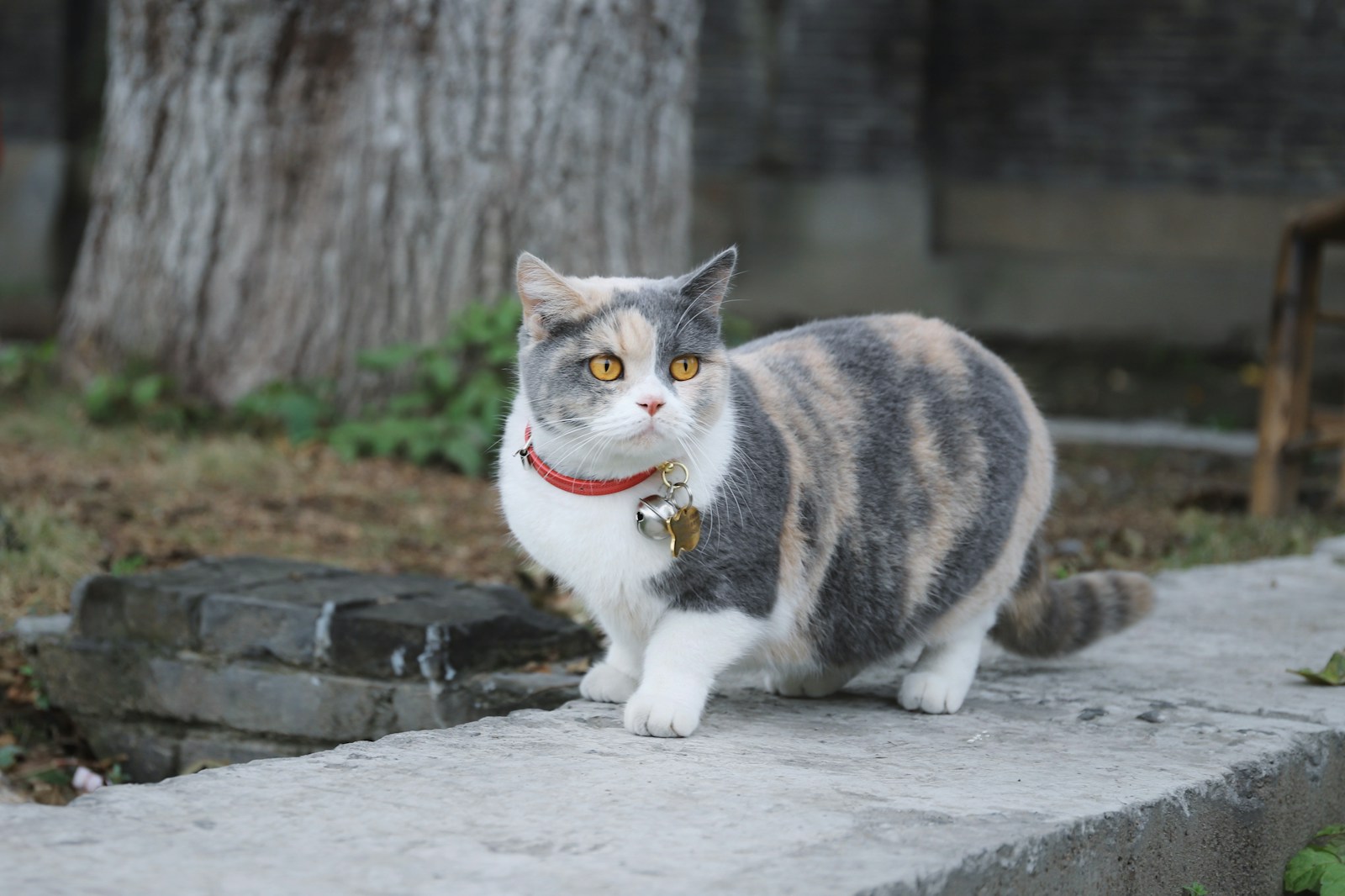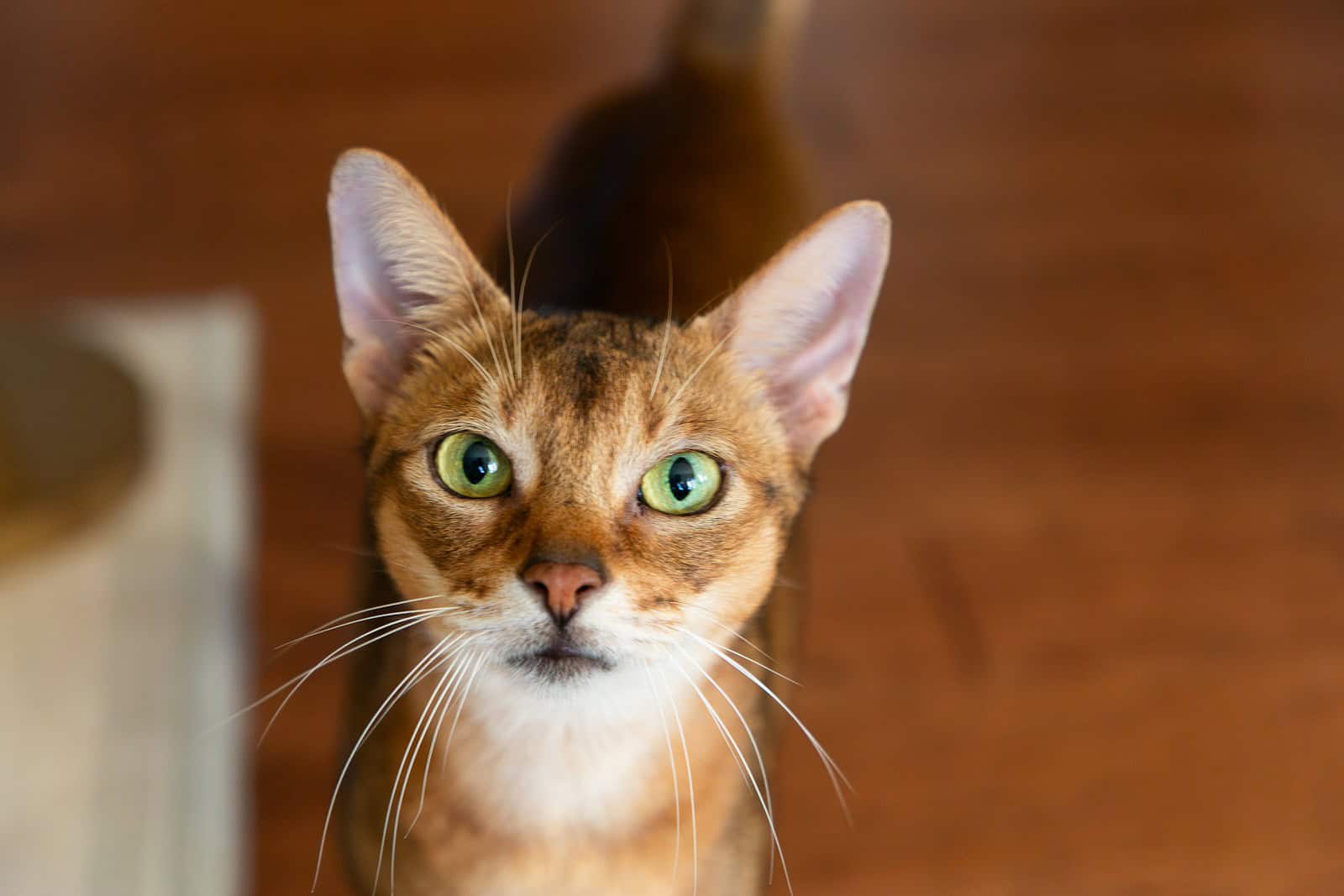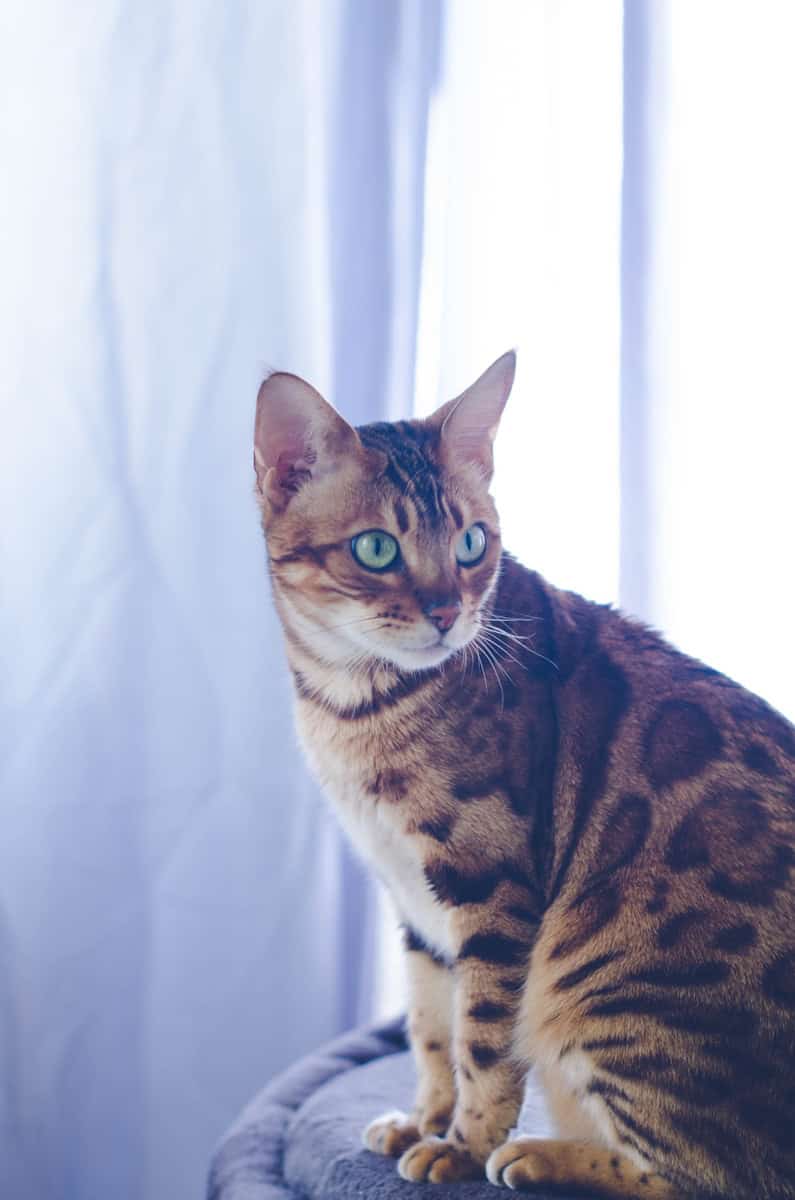Features
Hair loss

Child-friendliness

Speech

Hugging

Health

Activity

Are you a cat lover who has always wanted to learn more about the unique cat breed called Munchkin? Or maybe you’re considering adding a Munchkin cat to your family, but want to gather all the necessary information first? In this comprehensive and engaging guide, we’ll let you discover everything about Munchkin cats, from their characteristics to their grooming needs and more.
History of the Munchkin cat breed
The history of the Munchkin cat begins in the early 1990s in the United States, when a cat with remarkably short legs was first discovered in Louisiana in 1991. This cat, named Blackberry, became the starting point of deliberately breeding cats that have a genetic mutation for short limbs. The term “Munchkin” was later coined in homage to the tiny creatures in the famous story “The Wizard of Oz.” From then on, breeders included the breed in official breeding programs and pedigrees were registered with various cat associations.
In the following years, the popularity of the Munchkin Cat grew worldwide. Despite initial controversy over possible health problems, more and more cat shows and studbooks, such as The International Cat Association (TICA), recognized the Munchkin as an official breed. Today, the Munchkin Cat is beloved for its playful nature and unique appearance, and championships are held worldwide in which these cats demonstrate how agile and nimble they can be despite their short legs.
Physical characteristics of Munchkin cats
Munchkin cats are immediately recognizable by their short, stocky legs and compact bodies. These short limbs are the result of an autosomal dominant trait, meaning that only one parent needs to pass on the gene to see the short legs appear in offspring. The rest of the body – head, trunk and tail – is proportional and shows no abnormalities.
In addition to their short legs, the Munchkin Cat has a wide variety of coat colors and patterns. They can be either short-haired or long-haired, with coat types being evenly distributed within the population. Their head is rounded, with large, expressive eyes and medium-length ears that stand alertly erect. Their unique build sometimes even makes them look like … well, little dachshunds among cats!
Care of Munchkin cats
The care of a Munchkin Cat is similar to that of other domestic cats, with extra attention paid to preventive health checks. Proper nutrition, appropriate to age and activity level, is important to prevent both obesity and malnutrition. Because the short legs give somewhat less range of motion, it is wise to monitor their weight and provide adequate exercise.
On the coat front, long-haired Munchkin cats require weekly maintenance with a soft brush to prevent tangles and hairballs. Shorthaired varieties often need a monthly brushing. In addition, nail trimming, dental care and regular deworming are part of standard care. By following these routines, you maximize your Munchkin Cat’s quality of life.
Are Munchkin cats healthy?
In general, Munchkin cats are considered reasonably healthy, provided they are bred thoroughly and responsibly. Like any breed, they can be susceptible to inherited disorders, but there are no specific conditions that occur only in Munchkin cats. Common health checks in this breed focus on joints and spine, as the genetic mutation can theoretically affect bone structure.
Regular vet checkups help detect conditions early. Vaccinations, dental checks and, if necessary, X-rays of the back and paws should be part of the preventive health program. With good breeding policies and conscious owners who are alert to signs of pain or discomfort, Munchkin cats can live long, healthy and happy lives.
Do Munchkin cats have special needs because of their paws?
Because of the Munchkin Cat’s short legs, daily activities such as climbing and jumping can be just a little more difficult. Still, many Munchkins are surprisingly agile and find creative ways to get onto couches or scratching posts. It is wise, however, to add extra steps or lower seats so your cat can go from flat to flat without jumping.
Toys and scratching furniture at a lower height encourage movement without putting excessive strain on the paws. Soft-covered steps or stepping stones help your Munchkin move around the house safely. Also make sure floors are not too slippery; rugs or non-slip mats provide extra grip and reduce the risk of slipping.
Ethical considerations
Munchkin cats often raise ethical considerations because of their unique physical characteristics, particularly their short legs. While this trait may seem cute and endearing, it is important to recognize that breeding Munchkin cats with intentionally manipulated body characteristics can cause a debate about animal welfare and genetic diversity. It is essential that breeders and owners are aware of the potential health problems that can result from breeding cats with extremes, such as shorter legs, and are committed to promoting the welfare of these cats over aesthetic preferences. By taking an ethical approach and striving for the health and happiness of Munchkin cats, we can make a positive contribution to their well-being and future.
Conclusion
The Munchkin Cat is an intriguing breed that stole many hearts thanks to its short legs and lively nature. From its discovery in the 1990s to its contemporary popularity, these cats continue to fascinate with their unique appearance and adaptability.
With proper care, preventive health care and responsible breeding policies, Munchkin cats can be excellent companion animals.



